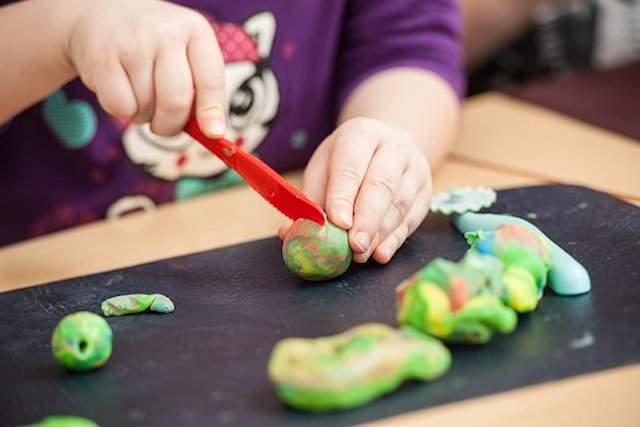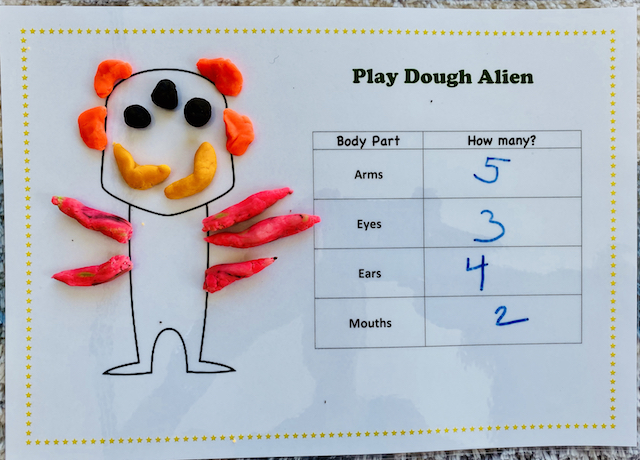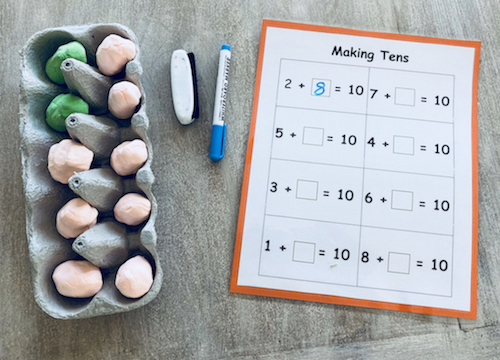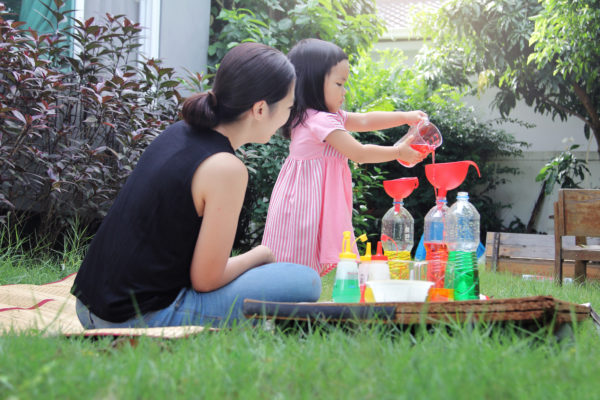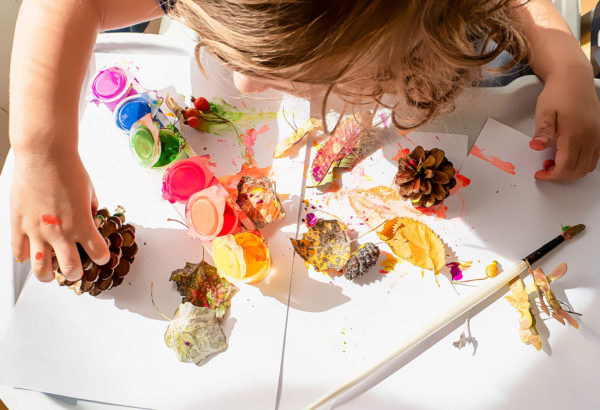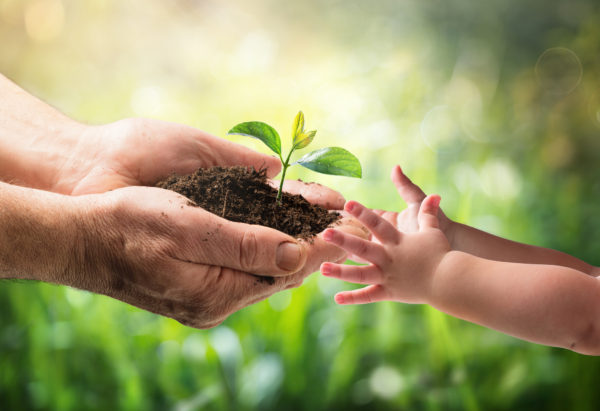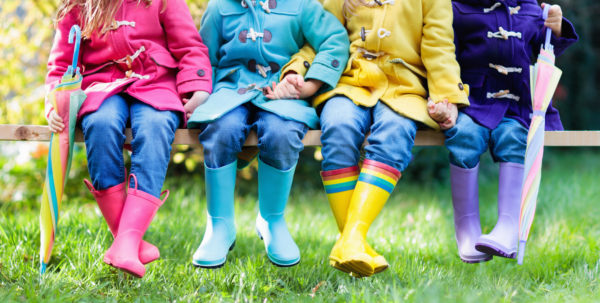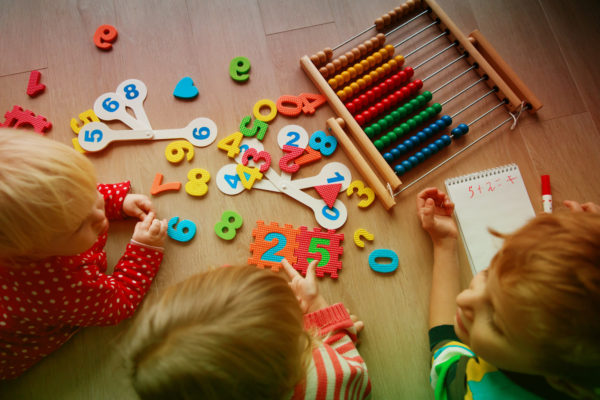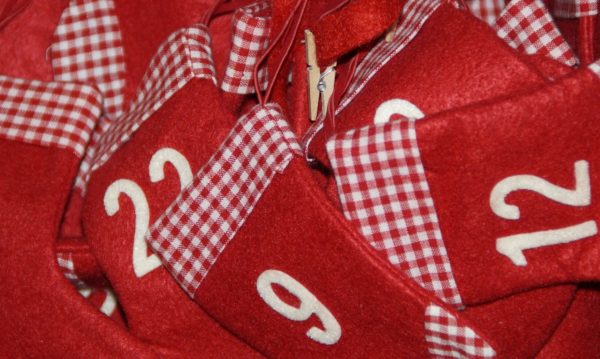Playdough Activities for Early Years Maths
Combining sensory activities with mathematical learning can make it easier for young children to understand what numbers and symbols represent. Playdough activities for early years maths helps to combine sensory activities, fine motor skills and number work which is a great way of bringing numbers to life and encouraging the idea that maths is fun and hands-on. Begin by making home-made playdough together.
This is my favourite homemade playdough recipe — it is an extrememly easy recipe that involves no cooking. Involve your children in the measuring and mixing process, they will love the experience of making their own playdough.
Homemade Playdough Recipe
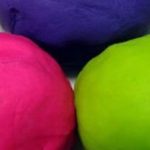
Use lots of food colouring to create bright playdough.
Ingredients:
- 2 cups of flour
- 1/2 cup of salt
- 3/4 cup of hot water
- 1 tablespoon of cooking oil
- 2 tablespoons of cream of tartar
- food coloring
Directions:
- Combine all the dry ingredients in a bowl and form a well in the center.
- Add the oil and food coloring to the dry ingredients.
- Add water and stir.
- Let the mixture rest for a few moments to let the salt absorb the extra moisture. If the dough is too sticky, add small amounts of flour and knead.
- Store in a Ziploc bag or airtight container.
Playdough Alien Maths Activity
Use this Playdough Alien worksheet and laminate for multiple uses. Decide how many arms, ears, eyes, mouths the alien will have and record the number of body parts in the chart. Create these body parts out of play dough and create your amazing alien!
Create your own template using different animals for inspiration. Change the body parts in the chart to keep the activity fresh and varied. For more advanced students, try to add up all the body parts together for a total and write on the bottom.
Making Tens With Playdough Eggs Activity
Practice number bonds with play dough. Using two different colours of play dough, create 10 eggs of each colour. Using this Making Tens worksheet, find different ways of adding up to 10 and record answers on the sheet. For example 8 pink + 2 green = 10
Egg cartons divided into 10 sections are very useful when teaching number bonds to 10. This is a very visual way of exploring the relationship between numbers and children can manipulate the objects to understand the concept.
Start saving those egg cartons for these fun activities!
Playdough Cookie Cutter Addition Activity
Roll out playdough and use cookie cutters to make shapes. Roll the dice twice and place the corresponding number of shapes into this Addition Number Sentence worksheet. Count and write how many in each box and write the total number.
Using a rolling pin to flatten out the play dough can help to strengthen hand muscles and moving extra playdough and transferring the shapes onto the work sheet will help with fine motor skills.
This is also a great way to practice subtraction!
Hands-on Maths with
Playdough Activities
For more interesting ways of integrating sensory play and maths in the early years, check out these great ideas on Earlyyearsresources.co.uk.
All students benefit from sensory activities when it comes to learning in mathematics. Using manipulatives such as playdough activities for early years maths engages younger children’s senses and can make a lesson more meaningful and memorable. Multi-sensory approaches that involve using the sense of touch are called tactile methods. Tactile methods are especially important in maths lessons because it makes concepts “visible” to students which enriches understanding and transports mathematics from the abstract to the real-life.
